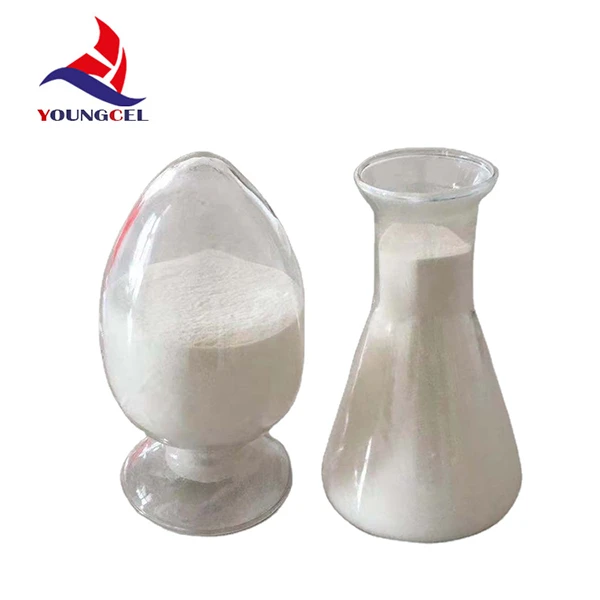The Role of Chemical Auxiliary Agents in Modern Industry
Chemical auxiliary agents play a pivotal role in various industrial processes, enhancing the efficiency and quality of production across different sectors. These agents, often used in small quantities, significantly impact the overall performance of materials and processes. In this article, we will explore the definition, types, functions, and applications of chemical auxiliary agents, highlighting their importance in contemporary manufacturing and production.
Definition and Types
Chemical auxiliary agents are substances added to a manufacturing process to aid in the production of a material or to improve its characteristics. These agents are not the primary raw materials but serve crucial supportive roles. The main types of chemical auxiliary agents include surfactants, catalysts, solvents, and stabilizers, among others. Each type fulfills specific functions that enhance product quality or process efficiency.
1. Surfactants These are compounds that lower the surface tension between two liquids or between a liquid and a solid. Surfactants are widely used in cleaning agents, paints, and inks to promote better wetting and spreading properties.
2. Catalysts Catalysts speed up chemical reactions without being consumed in the process. They are vital in the production of plastics and petrochemicals, where they help convert raw materials into desired end products more efficiently.
3. Solvents Solvents dissolve other substances without chemically altering them. They are crucial in paint manufacturing, pharmaceuticals, and food processing, aiding in the mixing and formulation of products.
4. Stabilizers These agents help maintain the stability of products during storage and usage. They prevent degradation caused by environmental factors like heat, light, or oxygen.
chemical auxiliary agent

Functions
The functions of chemical auxiliary agents in industrial processes are diverse. They facilitate reactions, enhance material properties, and improve manufacturing efficiency. For instance, surfactants in detergents boost cleaning power, while catalysts in chemical reactions lower energy costs and increase production rates.
Furthermore, auxiliary agents can also improve the quality of the final product. For example, the use of stabilizers in emulsions ensures a consistent texture, preventing phase separation in products like creams and lotions. Additionally, chemical auxiliary agents can contribute to safety by reducing the occurrence of unwanted by-products during reactions or by stabilizing hazardous materials.
Applications
Chemical auxiliary agents are integral to numerous industries, including textiles, pharmaceuticals, food, and construction. In the textile industry, auxiliary agents improve dye uptake, washing efficiency, and anti-wrinkle properties in fabrics. In pharmaceuticals, they enhance drug solubility and bioavailability, ensuring more effective treatments.
The food industry relies on chemical auxiliary agents such as emulsifiers and preservatives to improve texture, extend shelf life, and enhance flavor. In construction, additives like plasticizers and hardeners are used to enhance the properties of concrete and other building materials.
Conclusion
The significance of chemical auxiliary agents cannot be overstated. They optimize production processes, improve product quality, and contribute to safety in various industries. As manufacturing technologies evolve and sustainability becomes a central focus, the role of these agents will likely expand, leading to formulations that are more efficient and environmentally friendly. Understanding and utilizing chemical auxiliary agents effectively will be crucial for industries aiming to maintain competitiveness in a rapidly changing market. The future will undoubtedly see innovative applications and developments, underscoring the importance of these agents in modern industrial practices.
-
Rdp Powder: Key Considerations for Wholesalers in the Building Materials IndustryNewsJul.08,2025
-
Key Considerations for Wholesalers: Navigating the World of Hpmc - Based ProductsNewsJul.08,2025
-
Hpmc Detergent: Key Considerations for WholesalersNewsJul.08,2025
-
Key Considerations for Wholesalers: China Hpmc For Tile Adhesive, Coating Additives, Concrete Additives, and MoreNewsJul.08,2025
-
Crucial Considerations for Wholesalers: Navigating the World of Construction MaterialsNewsJul.08,2025
-
Key Considerations for Wholesalers Sourcing Additive For Cement, Additive For Concrete, Additive For Putty from Additive Manufacturer Shijiazhuang Gaocheng District Yongfeng Cellulose Co., Ltd.NewsJul.08,2025




